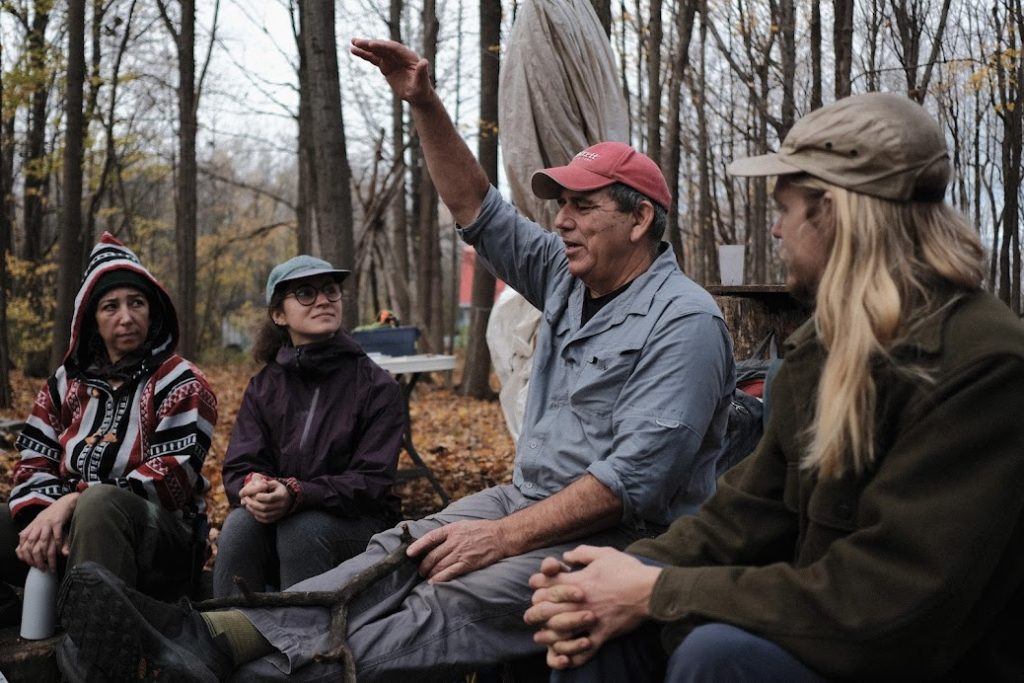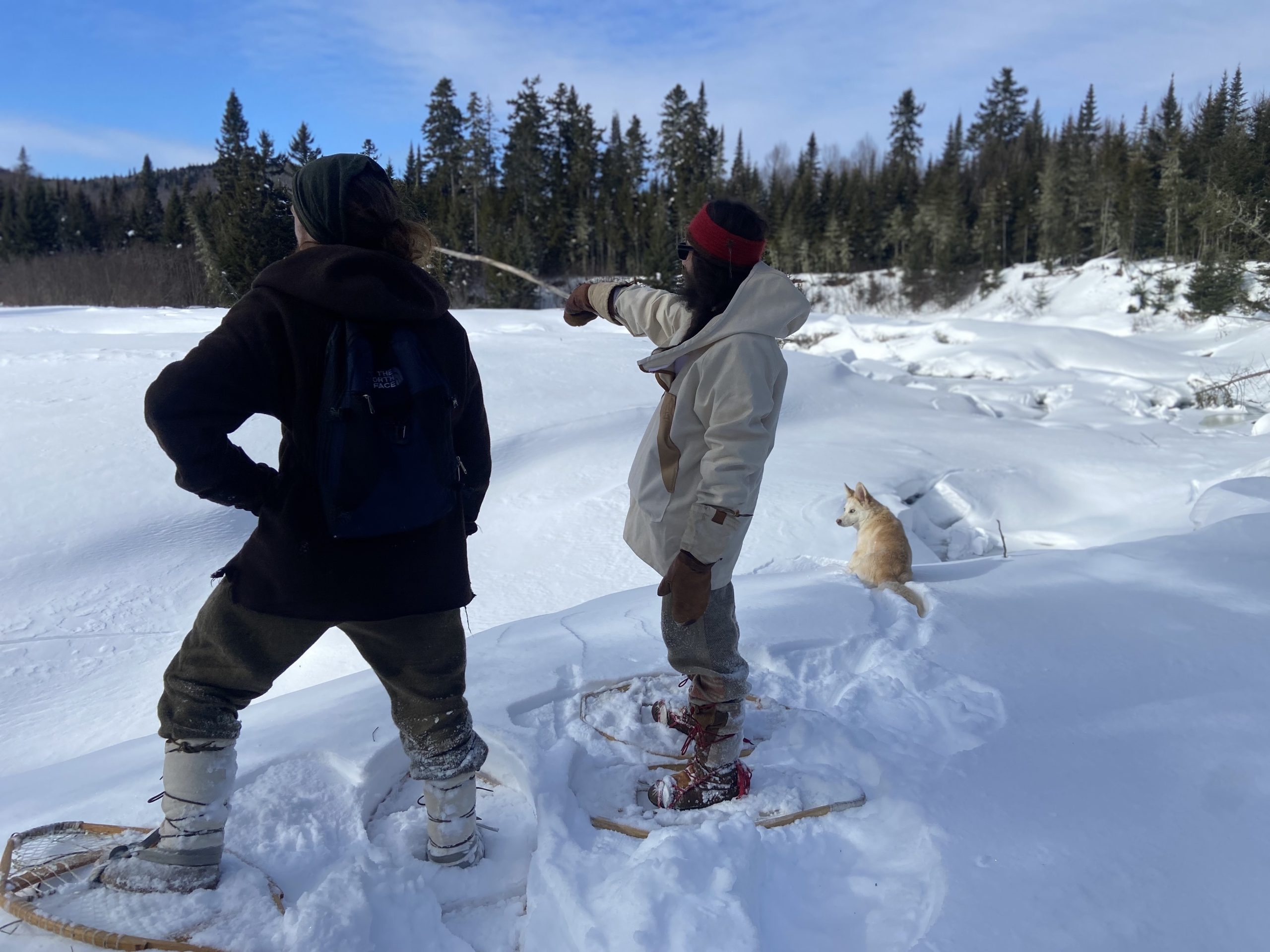
I want to share some thoughts on what ‘nature connection’ is all about. It can be a bit of a vague concept, so I’m going to give you my take on it. This will take the form of a few blog posts that will come out over the next few weeks.
At its core, nature connection work comes from the idea that most modern humans are cut off from nature and that many of the problems we face are caused by this disconnect. The solution is to reconnect. Let me elaborate.
For many of us these days, our relationship to nature is more extractive than reciprocal, and more theoretical than interactive. We treat nature like a thing, think of it as a place, and treat its resources like property. This is in stark contrast to many indigenous views, where humans are an integral part of nature with a specific role. I’ve heard that role expressed as being a caretaker/steward, with the most important task being to feel and express gratitude and appreciation.
My favourite definition of nature comes from Arthur Haines, a botanist and ancestral skills practitioner from Maine. In his book on rewilding, “A New Path,” he writes:
“nature is a dynamic process of cooperative interrelationships [. . .] Nature is about relationships, connections, and collaborations. The more connections an organism has, the more likely it is to survive”.
I love this definition because it’s nature as a verb, a process instead of a thing. It means that if we sever the connections, the whole system suffers. I imagine most of you reading this are aware of the impacts of severed connections. Mass extinction, habitat loss, climate change, the mental health crisis, and on and on.
From this perspective, “reconnecting to nature” refers to a lot more than the well-being that comes from a hike through a beautiful forest. It doesn’t (necessarily) mean moving to a shack in the woods so you can escape human society. It’s a dynamic process, a shift defined by the cooperative interrelationships you participate in. This way of relating to nature is so foreign to most of us that even when we think we’re doing it, we might be way off. I think of the tough lone wolf types we see in survival shows, the obsession with gear in the outdoors world, and the language we use like “conquering a mountain”, “Man vs. Wild”, etc.
It takes time, ecological know-how, and hands-on experience to build this kind of relationship with nature. It’s hard to do it alone. The amount of land-based cultural knowledge that has been lost is significant. At the same time, this paradigm of interconnection and cooperation has rippled through the sciences, and a huge wave of Indigenous resurgence is bringing all of this to the forefront of Canadian culture. The number of children who have told me about how mycelium connects the trees is both hilarious and hopeful.
In the next few blog posts, I’m going to go a bit deeper into what becomes possible with a strong connection to nature and outline some pathways that I think work well to reconnect. I’ll share some favourite free resources that are out there, and ideas for what you can do on your own or with friends.
A little plug for my work:
If you want to check out the in-person courses I’m offering near Montreal, you can get details here (seasonal courses) and here (one-off workshops). If it’s what you’re looking for, I’d love to have you join. I hope these blogs give you something of value, regardless.

